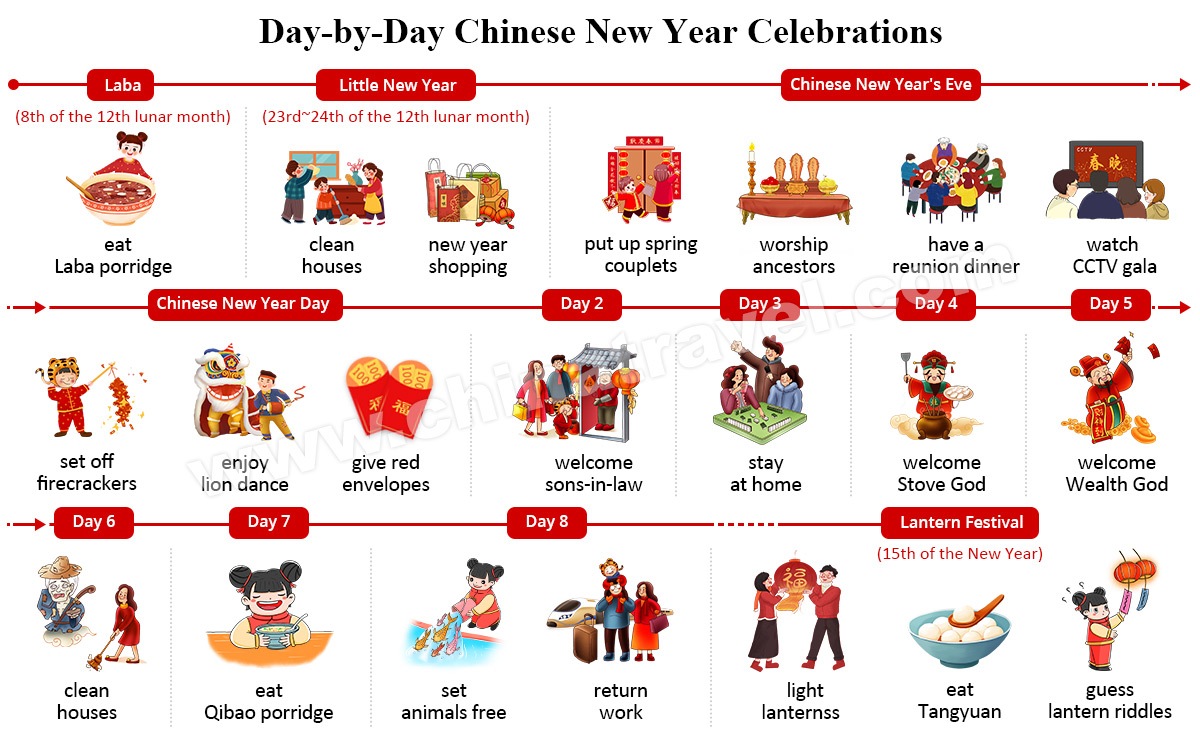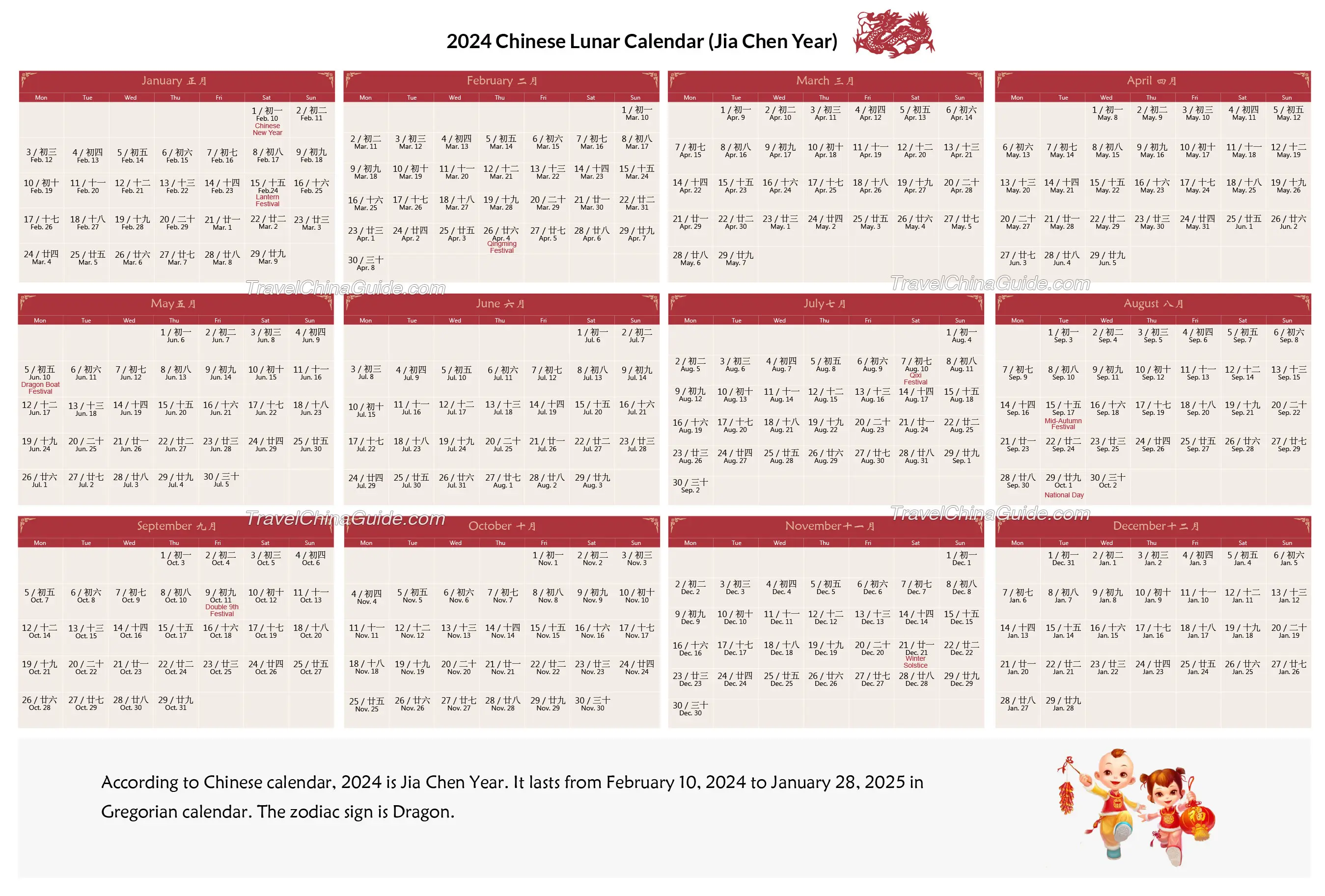
The question "does china have a different calendar" represents a significant subject within its field, encompassing a range of practices, traditions, and applications that shape daily life and broader cultural landscapes. Understanding China’s calendar system provides clarity about its background, its present relevance, and the way it continues to influence various aspects of society, from traditional festivals to personal auspicious dates. While the Gregorian calendar is widely adopted for official and international purposes, the traditional Chinese calendar maintains a profound cultural resonance, dictating a rhythm of life distinct from Western timekeeping.
Definition and Origin of the Chinese Calendar
The Chinese calendar is a lunisolar calendar, meaning it incorporates both lunar and solar cycles. Unlike purely solar calendars (like the Gregorian calendar) or purely lunar calendars (like the Islamic calendar), the Chinese system strives to synchronize both the moon’s phases and the sun’s position relative to the Earth. A lunar month is approximately 29.5 days, resulting in 12 lunar months totaling about 354 days. To keep pace with the solar year of approximately 365.25 days, an intercalary or "leap" month is added roughly every three years (seven leap months in a 19-year cycle). This intricate adjustment ensures that seasonal festivals, which are tied to the solar year, do not drift significantly over time.
The origins of the Chinese calendar are deeply rooted in ancient astronomical observations, dating back thousands of years. Early records suggest the Shang Dynasty (c. 1600–1046 BCE) already possessed a sophisticated understanding of celestial movements. Over centuries, various dynasties refined the calendar, with astronomers and scholars meticulously tracking the sun, moon, and stars. The Xia calendar is often cited as the earliest conceptualization, though the current system, largely formalized during the Han Dynasty, has undergone numerous modifications. Key components include the 12-year cycle of zodiac animals, the 10 Celestial Stems, and the 12 Terrestrial Branches, which combine to form a 60-year sexagenary cycle. This cyclical nature is a fundamental characteristic, providing a continuous framework for timekeeping and astrological prognostication. The 24 Solar Terms, derived from the sun’s position along the ecliptic, further divide the year into periods significant for agriculture and traditional life, illustrating the calendar’s profound connection to the natural world.
Importance of the Chinese Calendar Today
Despite the widespread adoption of the Gregorian calendar for official and business functions since the early 20th century, the traditional Chinese calendar retains immense importance in contemporary China and among Chinese communities worldwide. Its primary significance lies in its role as the backbone for cultural identity and the scheduling of traditional festivals. The Lunar New Year (Spring Festival), for instance, is the most important holiday in China, determined entirely by the lunisolar calendar. Other major festivals, such as the Mid-Autumn Festival, Dragon Boat Festival, and Qingming Festival, are similarly anchored to its cycles. These celebrations are not merely dates on a calendar; they are deeply ingrained cultural events that foster community, reinforce family bonds, and preserve ancient customs.
Beyond festivals, the Chinese calendar continues to influence various aspects of daily life, albeit often subtly. Traditional agricultural practices still reference the 24 Solar Terms, which provide guidance on planting, harvesting, and other seasonal tasks. In traditional Chinese medicine, practitioners often consider the calendar’s cycles and solar terms when diagnosing and treating ailments, believing that the body’s energy flows are influenced by seasonal changes. Furthermore, the calendar plays a crucial role in traditional Chinese astrology, feng shui, and fortune-telling. Many individuals consult the calendar to choose auspicious dates for significant life events such as weddings, births, funerals, business openings, or moving into a new home. This enduring relevance underscores its function not just as a timekeeping device but as a cultural compass.
Benefits of the Chinese Calendar
The continued existence and use of the Chinese calendar offer several distinct benefits, primarily revolving around cultural preservation and a unique perspective on time. One significant advantage is its ability to maintain a strong link to historical traditions and cultural heritage. By following its cycles, generations remain connected to the wisdom and practices of their ancestors, ensuring the continuity of a rich cultural narrative. This fosters a sense of collective identity and belonging, particularly in a rapidly globalizing world.
Another benefit lies in its ecological and agricultural utility. The 24 Solar Terms, precisely calibrated to the sun’s apparent movement, provide an intuitive and practical guide for agricultural activities. This deep connection to natural rhythms promotes a more harmonious relationship with the environment, informing planting schedules, harvesting times, and even dietary adjustments according to the seasons. The cyclical nature of the calendar, with its zodiac animals and sexagenary cycle, also offers a rich framework for storytelling, folklore, and artistic expression, contributing to a vibrant cultural landscape. For individuals, understanding the calendar can provide a sense of order and predictability, offering a traditional lens through which to interpret life events and plan for the future, often instilling a sense of peace and cultural grounding.
Applications of the Chinese Calendar
The applications of the Chinese calendar are diverse, extending across various facets of cultural, personal, and even academic life. Its most prominent application is undoubtedly in the scheduling and celebration of traditional festivals. Without the lunisolar calendar, iconic events like the Lunar New Year, with its elaborate family reunions, feasts, and firecrackers, would lose their traditional timing and much of their cultural significance. Similarly, the Mid-Autumn Festival’s moon-gazing and mooncake sharing, or the Dragon Boat Festival’s races and zongzi, are inextricably linked to the calendar’s specific dates.
On a personal level, many individuals utilize the calendar for selecting auspicious dates. This practice, deeply embedded in Chinese culture, influences decisions regarding weddings, engagements, housewarmings, starting a new business, or even undergoing medical procedures. The belief is that aligning actions with favorable cosmic energies, as indicated by the calendar, can lead to greater success and harmony. Beyond personal events, the calendar’s 24 Solar Terms inform traditional dietary practices and health regimens, with specific foods and activities recommended for each period to maintain balance and well-being. Academically, the Chinese calendar serves as a valuable subject for historical research, astronomy studies, and cultural anthropology, offering insights into ancient scientific knowledge, societal structures, and belief systems. Its intricate calculations and long history provide a rich field for scholarly exploration.
Challenges and Future of the Chinese Calendar
Despite its enduring cultural significance, the Chinese calendar faces certain challenges in the modern era. Its primary complexity, particularly for those accustomed to the simpler Gregorian system, can be a barrier to widespread understanding and daily practical use. The varying start dates of the Lunar New Year, the concept of intercalary months, and the intricate calculations involved can lead to confusion for individuals unfamiliar with its mechanics. This complexity sometimes results in a disconnect for younger generations who are more accustomed to the global standard of the Gregorian calendar for most aspects of their lives.
Another challenge stems from globalization and modernization. As China integrates further into the global economy, the Gregorian calendar naturally dominates official business, education, and international communication. This can relegate the traditional calendar to a secondary role, primarily for cultural and ceremonial purposes. There is a continuous effort to balance the preservation of traditional practices with the demands of modern society.
Looking to the future, the Chinese calendar is unlikely to disappear. Its deep cultural roots ensure its continued relevance, particularly in the realm of festivals and personal traditions. Digital tools and applications are increasingly making it easier for people to access and understand the traditional calendar, bridging the gap between ancient knowledge and modern convenience. Educational initiatives also play a crucial role in ensuring that future generations appreciate and understand the rich heritage embodied in this unique timekeeping system. The future likely sees the Chinese calendar maintaining its vital role as a cultural anchor, coexisting with the Gregorian calendar, each serving distinct yet complementary purposes in Chinese society.
FAQs about the Chinese Calendar
Q1: What is the Chinese calendar?
A1: The Chinese calendar is a lunisolar calendar that integrates both lunar phases and the solar year. It is used to determine traditional festivals, agricultural cycles, and auspicious dates, distinct from the purely solar Gregorian calendar.
Q2: Why is the Chinese calendar important?
A2: It is important for cultural preservation, as it dictates the timing of major traditional festivals like the Lunar New Year. It also influences traditional agriculture, astrology, and the selection of auspicious dates for significant life events.
Q3: What are the main benefits of the Chinese calendar?
A3: Its benefits include preserving cultural heritage, providing a guide for agricultural practices through its 24 Solar Terms, offering a rich framework for folklore and art, and connecting individuals to ancient wisdom and traditional ways of life.
Q4: How can the Chinese calendar be applied in daily life?
A4: In daily life, it is applied to schedule traditional festivals, choose auspicious dates for weddings or business openings, inform traditional dietary and health practices, and guide agricultural activities.
Q5: What challenges are associated with the Chinese calendar?
A5: Challenges include its complexity compared to the Gregorian calendar, potential confusion for those unfamiliar with its system, and the increasing dominance of the Gregorian calendar for official and international purposes in a modernizing world.
Tips for Understanding the Chinese Calendar
- Understand the fundamentals: Grasp the concept of a lunisolar calendar, including how lunar months and solar years are reconciled with intercalary months.
- Focus on practical use: Observe how the calendar dictates major festivals and cultural practices to appreciate its real-world impact.
- Stay updated on new trends or research: Explore digital tools and resources that help simplify understanding and tracking the traditional calendar.
- Avoid common mistakes: Do not confuse the traditional calendar with the Gregorian calendar; recognize their distinct purposes and applications.
- Adopt a long-term approach: Appreciate the calendar as a living tradition, continually influencing cultural identity and practices over generations.
Conclusion about the Chinese Calendar
The exploration of "does china have a different calendar" reveals a sophisticated and deeply ingrained system that continues to shape a significant portion of the world’s population. The Chinese calendar, with its intricate lunisolar calculations and ancient origins, represents far more than just a method of timekeeping; it is a profound cultural artifact, a guide for traditional practices, and a source of collective identity. While the Gregorian calendar serves as the official standard for most practical purposes, the traditional Chinese calendar retains its continuing importance, particularly in the celebration of festivals, the guidance of agricultural cycles, and the selection of auspicious dates for personal milestones. Reinforcing its cultural, professional, and personal significance, it is clear that while challenges exist in its complexity and integration with modern life, its benefits in preserving heritage and providing a unique perspective on time far outweigh them. The Chinese calendar remains a central element of cultural progress and relevance, ensuring that the rhythms of ancient wisdom continue to resonate into the future.

.jpg?format=1500w)





Leave a Reply